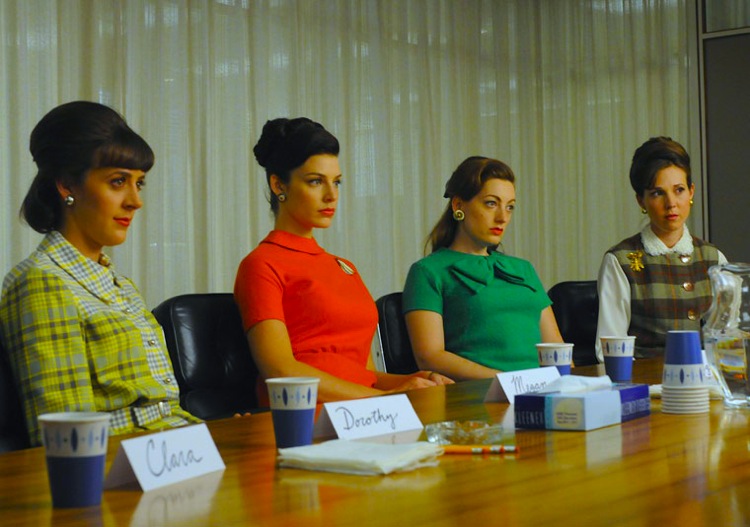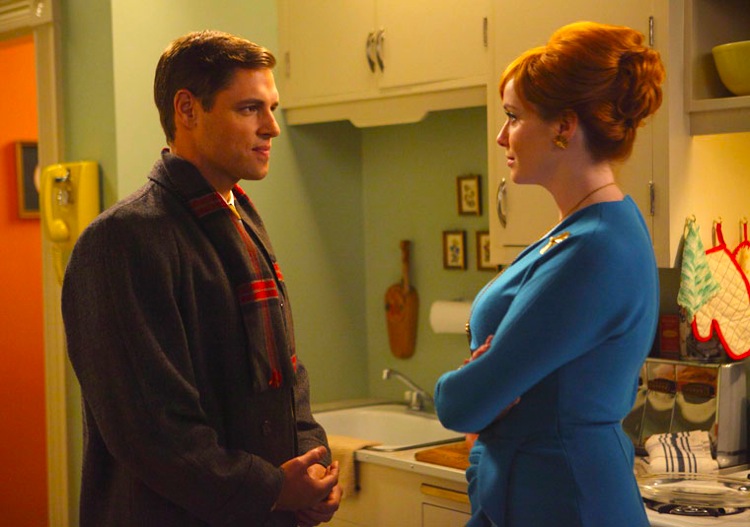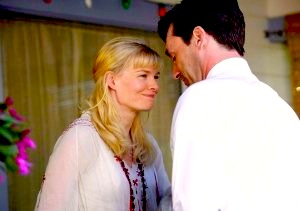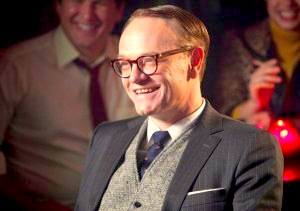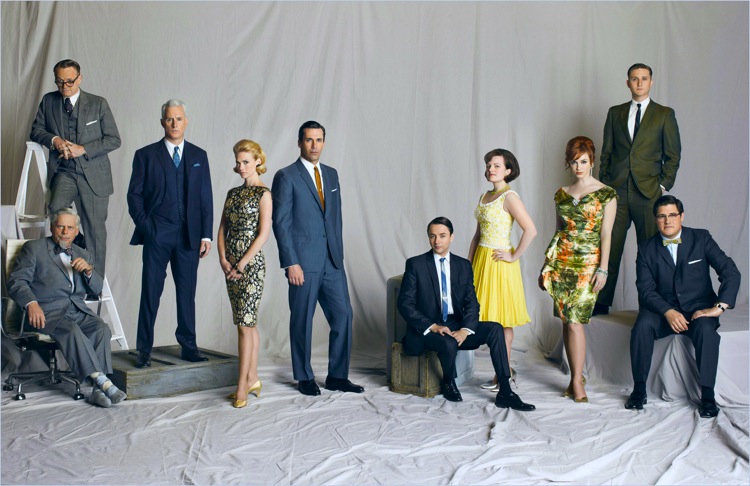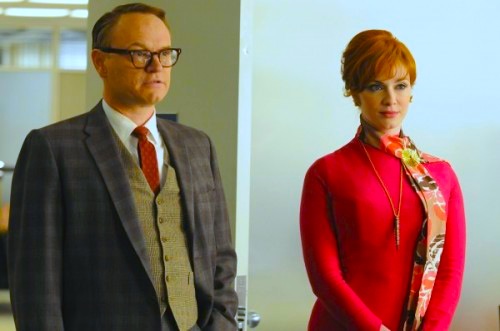By Jennifer Baldwin. Who are the rejected? The Sterling-Cooper-Draper-Pryce secretaries, crying in their focus group because they can’t find husbands? Peggy, who feels irrevocably rejected by Pete after finding out that he and Trudy are going to have a child? Pete’s father-in-law, whose Clearasil account is rejected for the more lucrative Ponds Cold Cream account? Allison, Don’s secretary, who has been rejected by Don after their one night stand a couple of episodes ago?
Perhaps “the rejected” is something else, something a little less concrete but nonetheless essential. According to Dr. Faye Miller: “It turns out the hypothesis was rejected.”
And what is that hypothesis? Basically, Don’s hypothesis is that women will use Ponds cold cream on their faces in order to pamper themselves and satisfy their own desires as part of a beauty ritual. But unfortunately for Don, that’s just not how the women in the focus group responded.
“I’d recommend a strategy that links Ponds cold cream to matrimony,” Dr. Faye continues. Turns out Freddy Rumsen was right after all: most women just want to get married and a cold cream campaign based around that will work.
The conversation between Don and Faye that follows may be the best summation of the culture wars to ever appear in a basic cable one-hour drama:
Don: “Hello 1925. I’m not going to do that. So, what are we going to tell the client?”
Faye: “I can’t change the truth.”
Don: “How do you know that’s the truth? A new idea is something they don’t know yet so of course it’s not going to come up as an option. Put my campaign on TV for a year then hold your group again and maybe it’ll show up.”
Faye: “I tried everything. I said ‘routine.’ I tried ‘ritual.’ All they care about is a husband. You were there, I’ll show you the transcripts.”
Don: “You can’t tell how people are going to behave based on how they have behaved.”
Don’s anger in this scene, of course, stems from his underlying guilt about what he has done to Allison.
But look closely at the conversation going on here: Faye is arguing that the truth is immutable, that these women want the traditional thing, but Don is arguing that people can change — if they are sold such change through advertising, media, and TV. And that, in a nutshell, is the culture war: The struggle to change human patterns of behavior through media and other channels. But the question remains: who is right, Don or Faye?
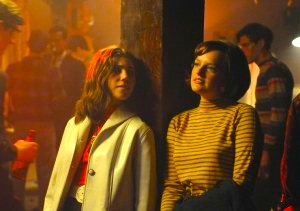
Other things of note this episode:
I loved that last look of angsty goodness between Peggy and Pete as she goes off with her new bohemian artist friends and Pete shakes hands with all the suits in the office. With news that Trudy is going to have a baby, it seems the Peggy/Pete relationship hopes are at last dashed. I loved that bittersweet look of regret between them at the end of the episode, but I can’t say I’m too broken up. I’ve always been Team Trudy.
Peggy continues her transformation into Don Jr. This time she’s hanging out with a bunch of hipster artists, just as Don did with girlfriend Midge and her friends in Season One, and just like Don, she doesn’t hesitate to deflate their bohemian posturing:
Hipster Artist: “Why would I ever do that [work in advertising]?”
Peggy: “So you could get paid [duh]. To practice your art.”
Peggy likes the hipsters, but she’s not about to throw off her professional ambitions any time soon.
Second episode in a row with no Betty. Can’t say I mind. Betty’s character was destroyed for me in Season Three.
And finally, I have to confess, I have no idea what that little scene with the elderly couple and the peaches was supposed to be about. Don certainly observed them with studied intensity, but for the life of me, I can’t figure out the point of it.
And even though she wasn’t the focus of the episode, here’s a picture of Joan. Because Christina Hendricks rocks:
Posted on August 18th, 2010 at 9:36am.
